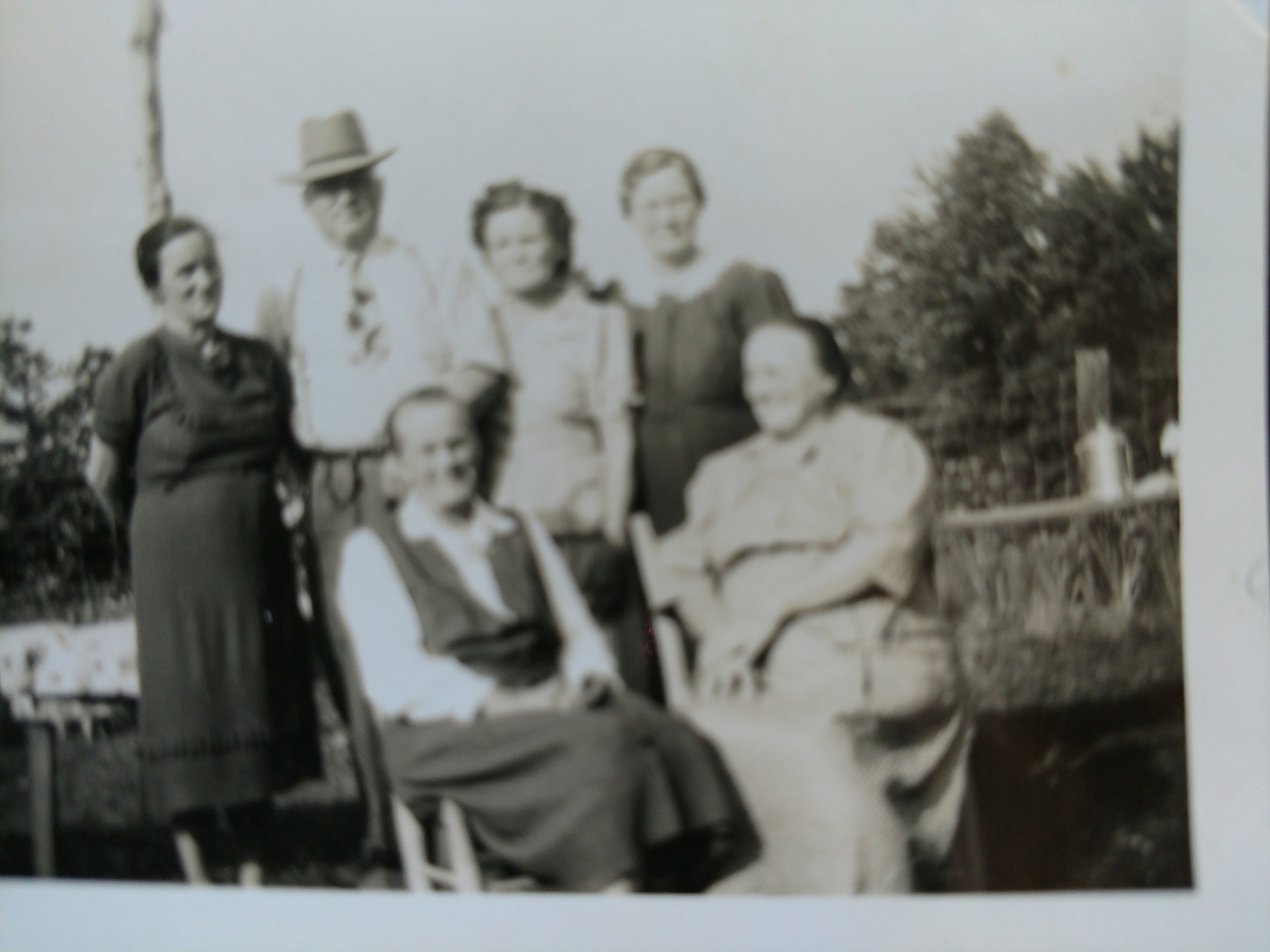Keepin' Fire
/Keepin’ Fire
When the temperature drops I always want to build a cozy fire. Sometimes it seems I need to reach out toward an open flame no matter what the thermostat on the wall reads. And it never fails to remind me of how important it is to be adept at “keeping fire”.
Have you ever heard someone described by their ability to keep fire? I’m not sure if it’s about skill or ambition but for a mountain family dependent on wood heat it is an invaluable skill. Some days I have it, other days – not so much. Now I’ve talked here before about the heart-warming nature of a good fire and I’m sure it’s a subject I will return to – next winter probably.
I grew up with wood fires and I love them. Love the unique heat, the cracks and pops and the smell of wood smoke. In his later years my Grandpa spent most of his winter days sitting by the stove keeping the fire going. He would bake potatoes in that stove and they were the best tasting treat you can imagine. He seemed to have a natural skill with that stove.
It’s always been parents’ primary task to teach their children life skills – the nature of those skills just keep changing on us. Do you think kids a century ago just knew how to keep fire without lessons? I doubt it. The problem these days is that there seems to be so many things begging for our attention – and I find it’s easy to forget about the fire until it’s too late.
Of course if you’ve got a good tight stove it will hold fire with little attention – an open fireplace is much more challenging. You’ve got to keep stirring up the coals and feeding its insatiable appetite for wood. Still when I can find the time to curl up in front of it, a warm fire is a wonderful investment of my time.
In years past, the stove was the center of the home because it was the warmest spot with the distant corners of the house getting quite chilly on cold days. I guess it served to bring the family together – do you notice in our modern homes with central-heating that it’s easy for the family to spread out with a tv in one room, computer in another, even children playing with toys can be in their own rooms. We really aren’t as close as families that had to spend their time in the same room.
Today you can simulate a cheery fire in many ways – even streaming "the peacefulness of an old-fashioned, wood-burning fireplace, as well as a crackling yule log fireplace” on Netflix. Wonder whether it’s harder to keep fire or hook up all of the video equipment and stream the picture?
REMINDER: If you've read Plans for Emma but haven't yet left a review on Amazon, please click here to do that now - just scroll to click the "Write a Customer Review" button. Positive reviews are the best way we can spread the word that this is a book worth reading! Thanks so much.











